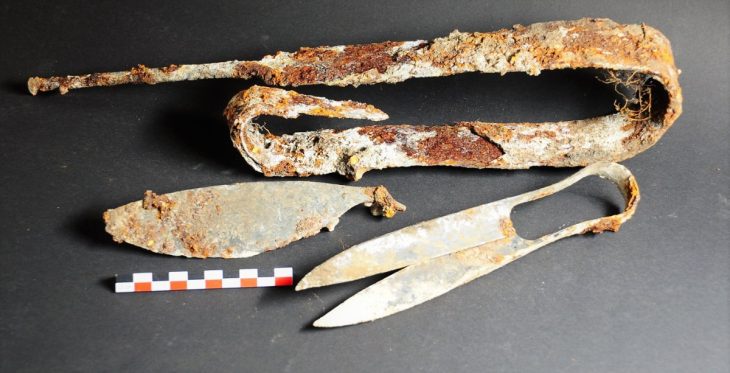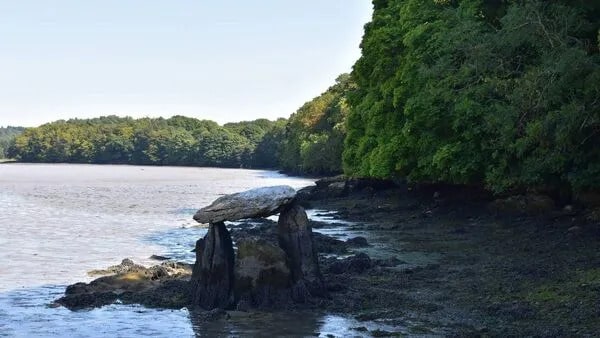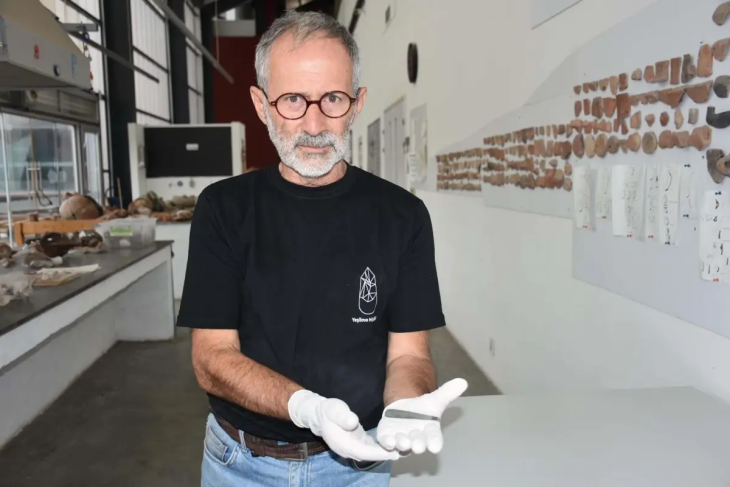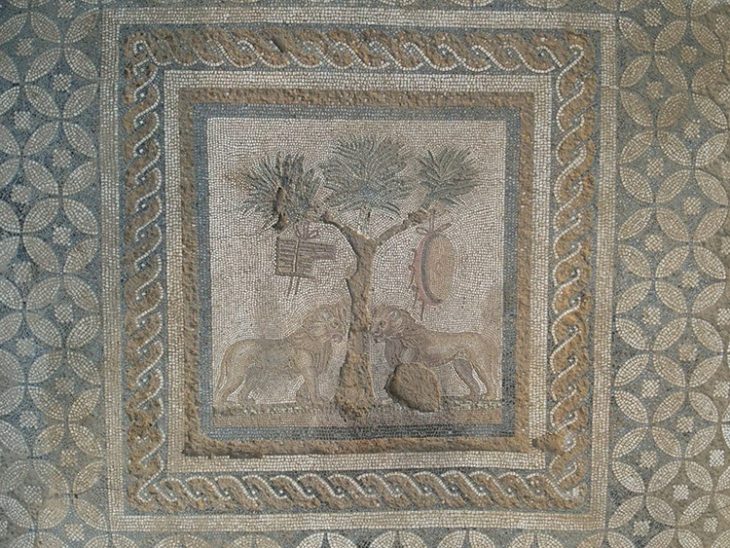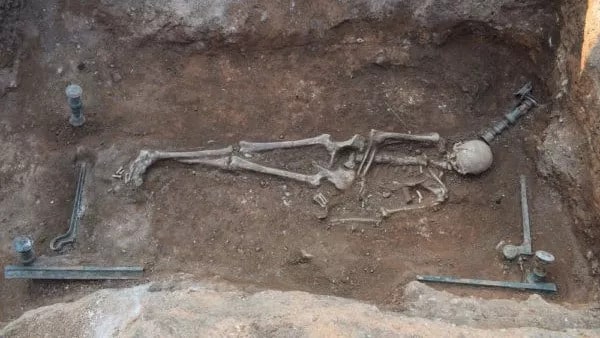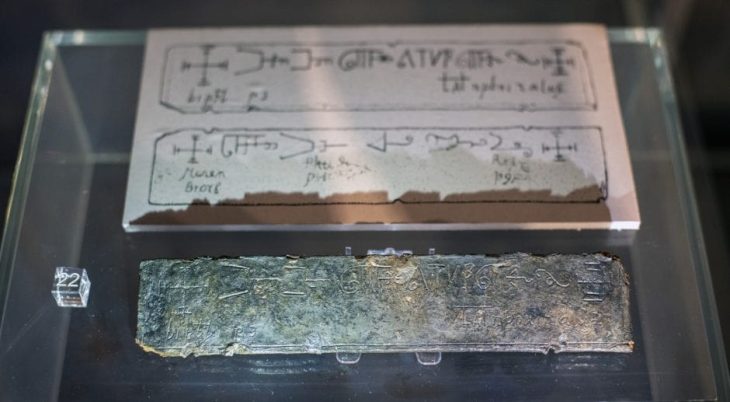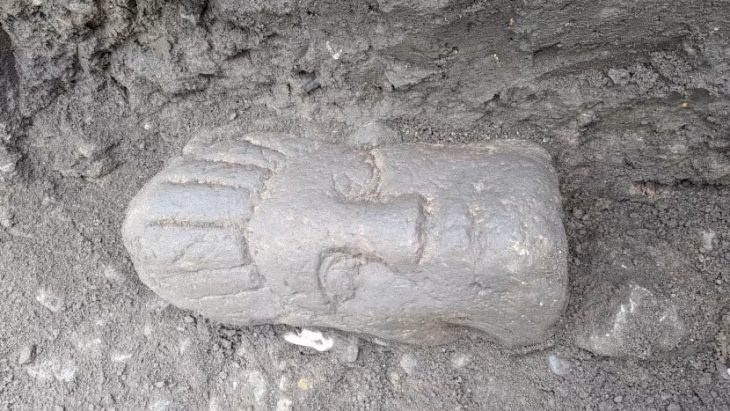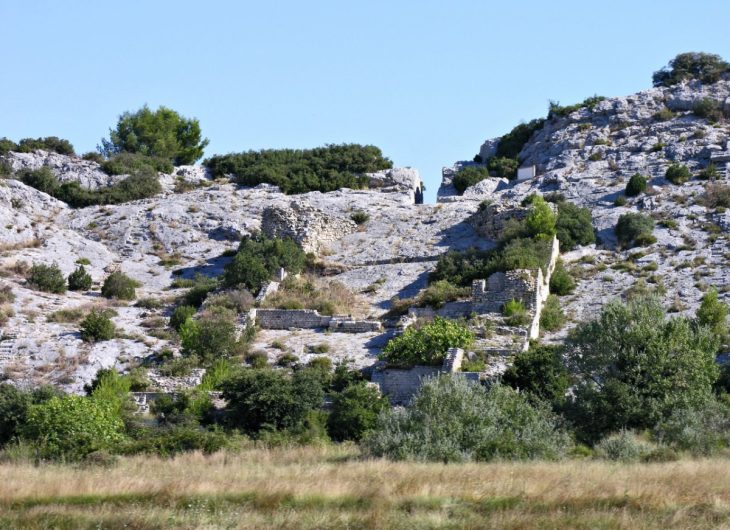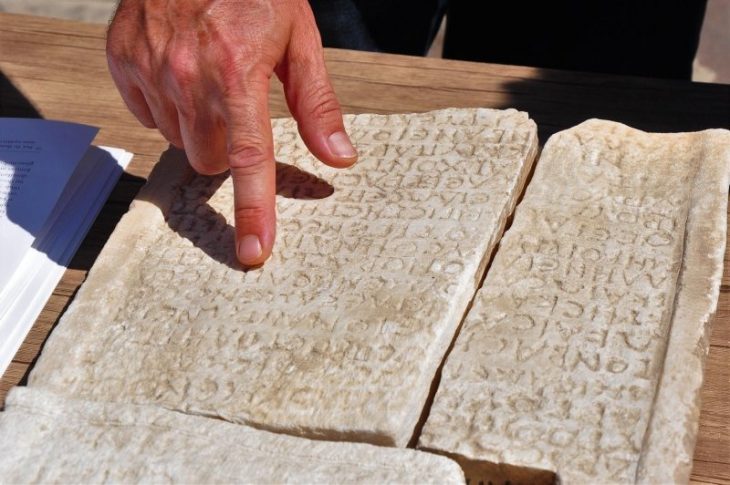A multidisciplinary research team made a remarkable discovery at the megalithic necropolis of Panoría (Granada, Spain). There was a startling disparity between the entombments—twice as many women as men!
They found that the number of women buried was double that of men, with an even more pronounced disparity among juveniles, where the ratio stood at 10 females for every male. This raised questions about the demography of the ancient region.
The research, a multidisciplinary research team, led by the Archaeometry group from the University of Tübingen and the GEA group from the University of Granada, has focused on analyzing the bone remains found in nine graves of this necropolis, where twice as many women as men were buried.
The necropolis of Panoría is located at the easternmost end of Sierra Harana, in the town of Darro (Granada). It consists of at least 19 graves, 9 of which have been excavated between 2015 and 2019. They are collective burials from which more than 55,000 human skeletal remains were recovered. The dating of these remains shows that the first burials took place 5600 years ago with discontinuous funerary use until 4100 years ago.
“The Panoría population shows a clear sex ratio imbalance in favour of females, with twice as many females as males,” scientists wrote in the study published in the journal Scientific Reports.
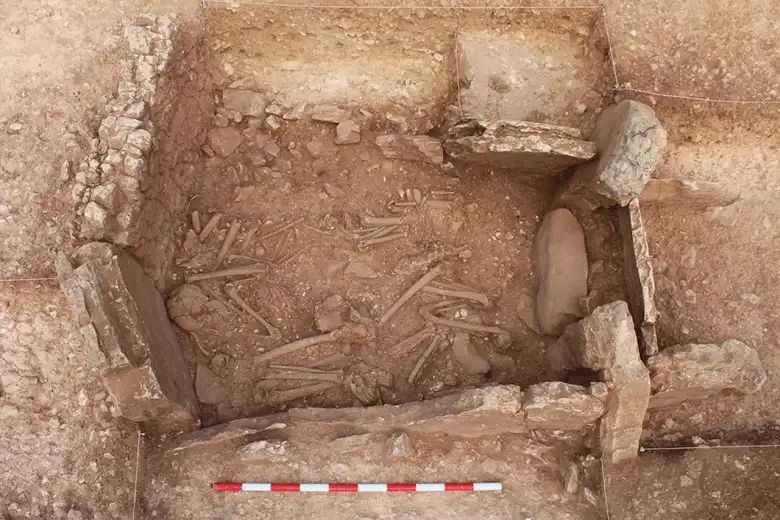
Researchers surmised that prehistoric society probably had a social structure centered on women, with burial customs primarily determined by maternal lineage.
In the study, the use of new bioarchaeological methods has allowed the identification of chromosomal sex from the study of DNA and the analysis of a protein known as Amelogenin present in the tooth enamel. In this way, it has been possible, for the first time, to obtain a precise demographic profile of the biological sex of the people who were buried in these megalithic monuments.
For the research team, the gender ratio bias is what has drawn the most attention. Generally speaking, this distribution is fairly balanced; notable imbalances are only seen in extremely specific situations, like mass migrations, natural disasters, or wars. But in Panoría’s case, this prejudice has persisted for over a millennium, indicating that it is a deeply embedded social practice rather than a singular or transient occurrence.
This means that family relationships and social belonging are established through the maternal line. This would account for the preference for women and the lack of young men who could have joined other kin groups—a practice known as male exogamy in anthropology. In any event, the disproportionate number of women would point to a social structure that was centered on women, and where gender would have shaped cultural customs and funeral rites.
In any event, the study’s findings point to a complex social structure where gender was a major factor in determining a person’s chances of survival in this part of the Iberian Peninsula.
DOI: 10.1038/s41598-024-72148-x
Cover Image: M. Díaz-Zorita Bonilla et al.


